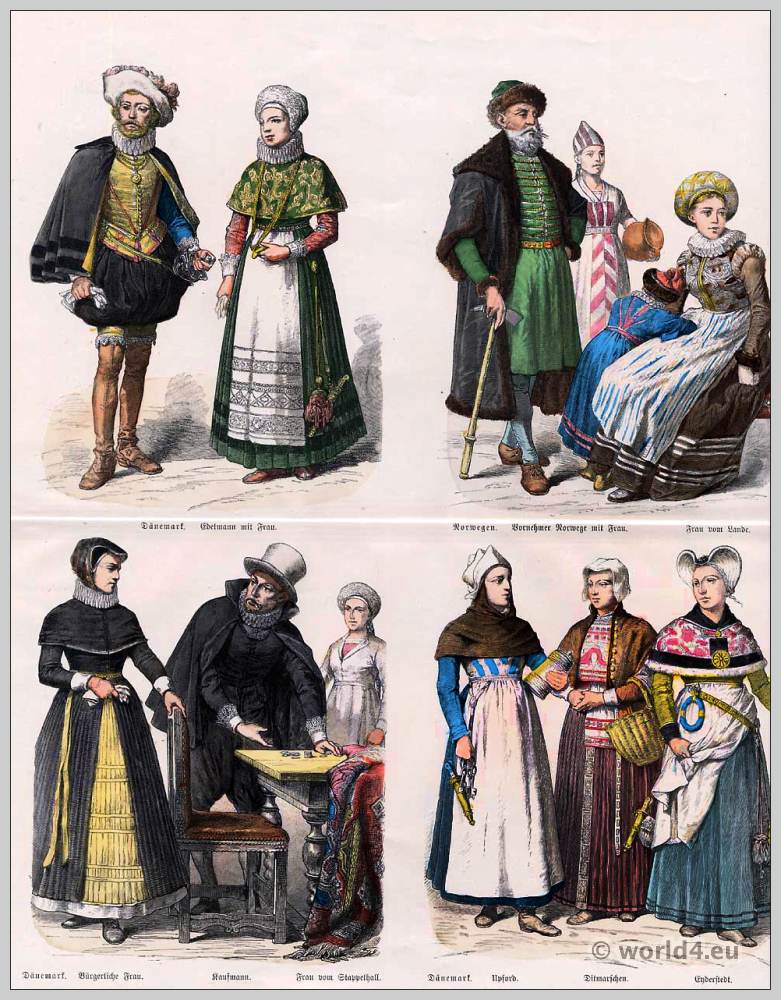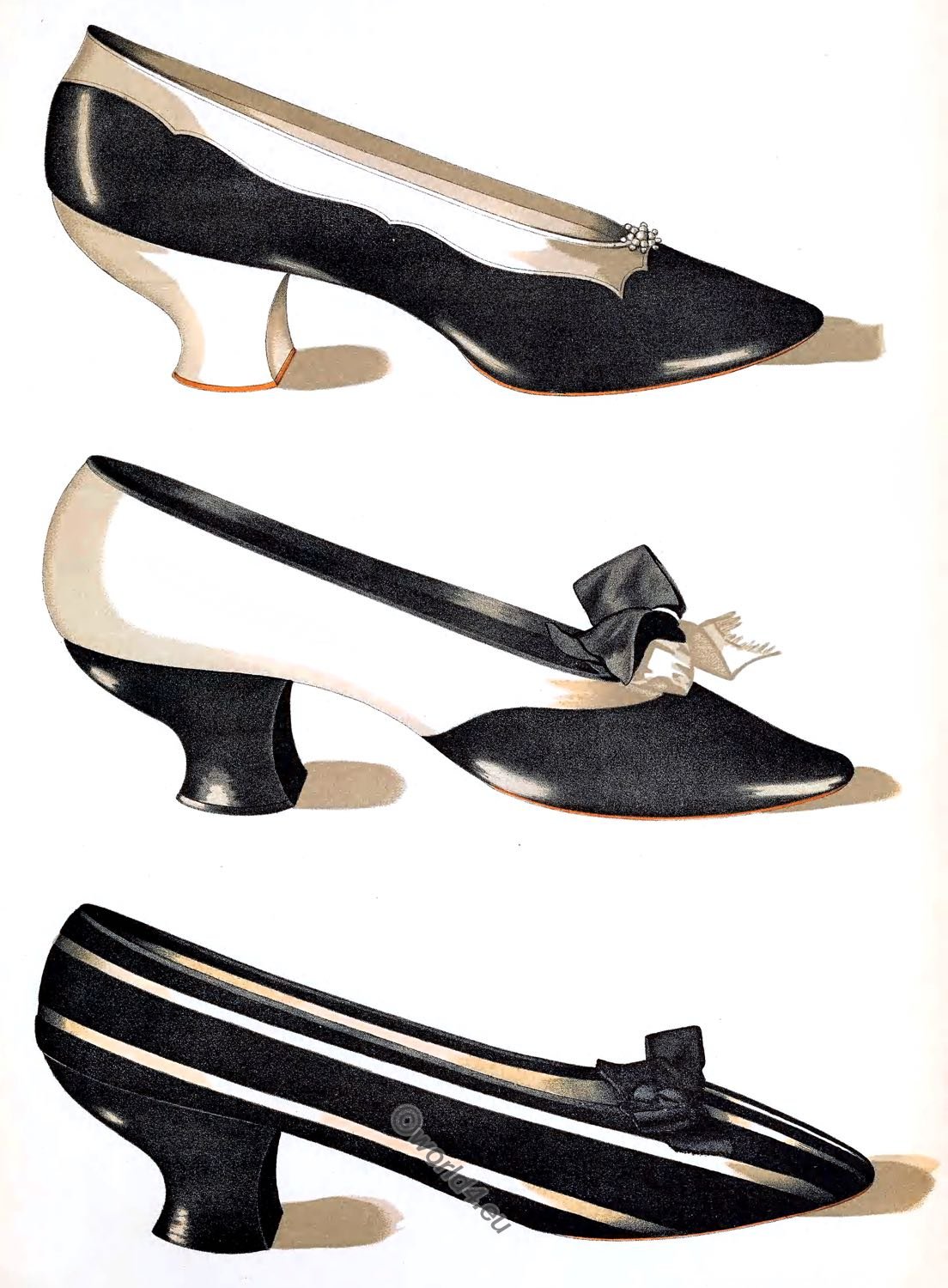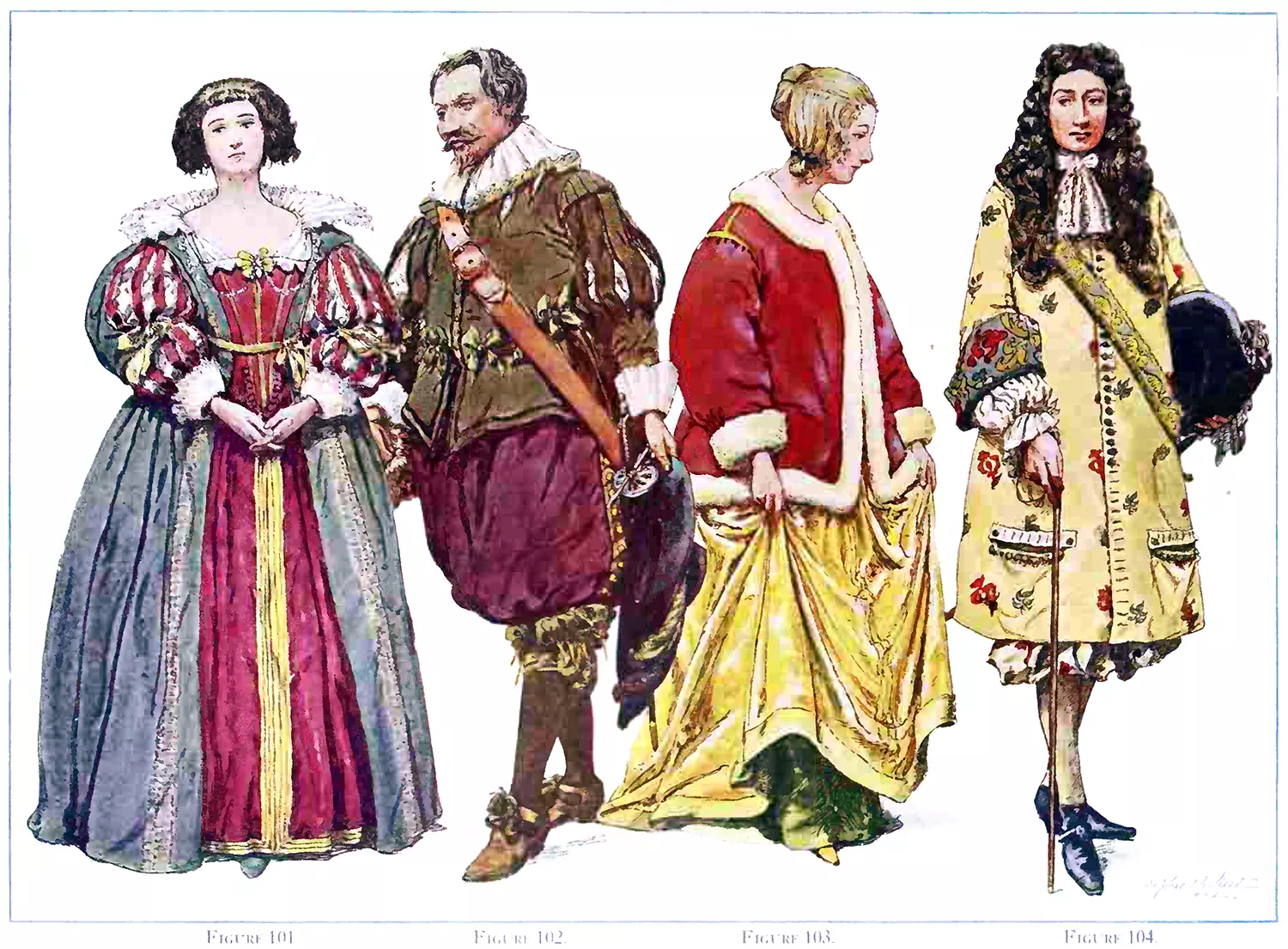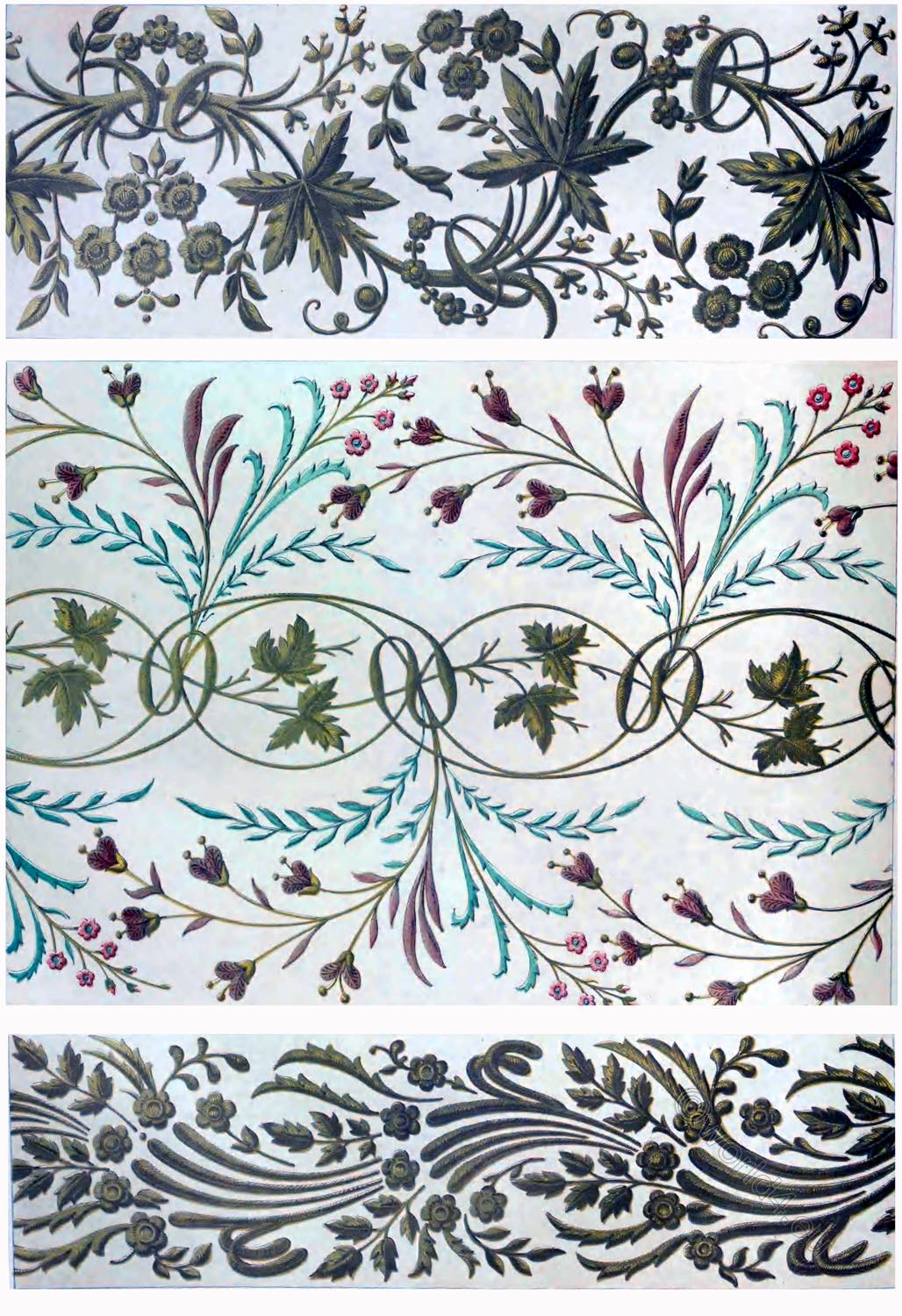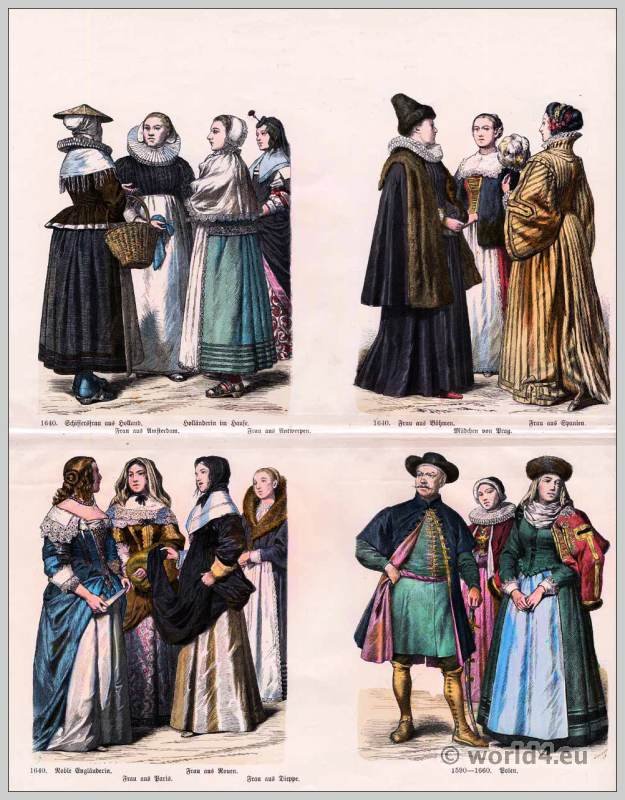An acquisition that has aroused great interest is sixty beautiful gunlocks, mostly from the Herbert J. Jackson Collection of sixteenth, seventeenth, and eighteenth century specimens. These pieces not only offer a most interesting study of the history of firearms through the various stages of match-lock, wheel-lock, snap-haunce, flint-lock, and percussion, but also furnish exquisite examples of the art of the worker in metal. A few of these pieces are shown in the accompanying illustrations.
Specimens of wheel-locks, gun-locks, snaphaunce of 16th, 17th, and 18th century.

No. 1 is a rare and interesting type of double wheel-lock fired by a single trigger. The two sears are connected loosely by a chain. One pull of the trigger fires the first lock and a second pull, by tightening the chain, fires the second lock. his gun-lock, which is 12¾ inches long, belongs to the end of the sixteenth or very early seventeenth century.
No. 2 is a German wheel-lock with a geared wheel which was an invention of the late seventeenth century to which period this lock belongs. Its whole surface is finely chiseled with hunting scenes and other figures, and is inscribed, Mathias Lipouiz in Augsburg. Its length is 10 inches.
No. 3 is a beautifully chiseled Brescian wheel-lock with two pyrites holders. It belongs to the first half of the seventeenth century and is 11 inches long.

No. 4 is a very beautiful example of an early flint-lock for a pistol with two barrels. It is of Brescian make, about the middle of the seventeenth century, and probably the work of one of the Cominazzo family. The chiseling and design are exquisite and accompanying it is the trigger guard en suite.
No. 6 is a finely chiseled Italian snaphaunce lock of the seventeenth century.
No. 7 is an Italian flintlock, beautifully chiselled throughout, and signed Guiseppe Guardiani Anghian.
Nos. 8 and 9 are two very ornate Spanish flint-locks of about the middle of the seventeenth century. The design and chiselling of both, although hardly equal to the best Brescian work of the period, are still of a very fine qualitv. *)
*) These gun-locks were published in European Hand Firearms of the Sixteenth Seventeenth and Eighteenth Centuries, by Herbert J. Jackson. For No. 1 cf. this publication, Pl. VI, Figs. 12 and 13; for No. 2, Pl. XII, Fig. 24; for No. 3, Pl. VII, Fig. 14; for No. 4, Pl. XXXII, Fig. 58; for No. 6, Pl. XXIII, Fig. 41; for No. 7, Pl. XXXIV, Fig. 61; for Nos. 8 and 9, Pl. XXIX, Figs. 51 and 52.
Source: Bulletin of the Royal Ontario Museum of Archaeology by Royal Ontario Museum of Archaeology. Royal Ontario Museum of Archaeology 1926-07.
Related
Discover more from World4 Costume Culture History
Subscribe to get the latest posts sent to your email.

